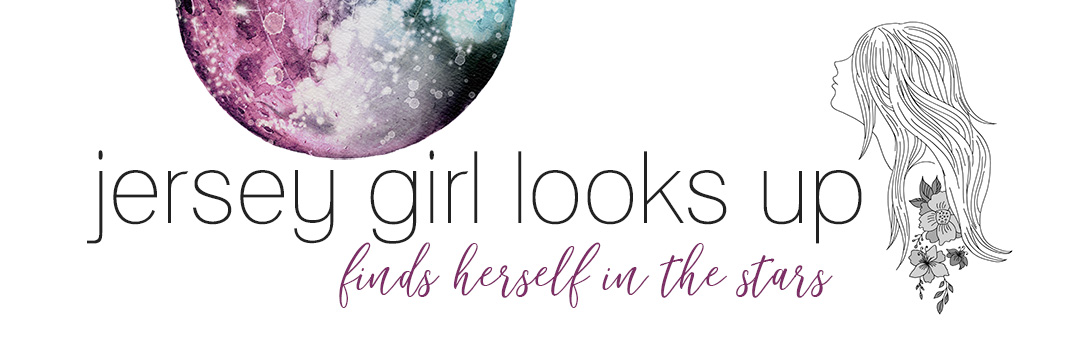
The Daily Green asked Janet Gray, a professor at Vassar College and a board member of the Breast Cancer Fund for some simple tips that can help reduce your breast cancer risk factors. I thought it was important enough to repeat here.
Research shows that many risk factors play a role, including our genetic makeup and whether or not we've had kids or breast-fed. But, a substantial body of scientific evidence indicates that exposures to common chemicals and radiation, alone and in combination, may contribute to the high incidence of breast cancer.
1. Drink clean water. This means clean (filtered, if you don't like the taste) tap water and not bottled water.
Commercial water bottles often are made from plastics that leach chemicals like Bisphenol A (BPA), which is known to mimic hormones, and which has been linked to an increased risk for breast cancer. Leaching of chemicals from plastic bottles is particularly common when the plastic bottles are warm, as can happen when bottles sit in the sun. If you are using a plastic bottle and the water or other fluid inside it smells "plasticy", don’t drink it!
2. Use microwave safe containers. Despite the label on many plastic containers claiming that they are "microwave-safe"; use either glass or ceramic bowls for heating foods in a microwave oven. Even so-called "microwave safe" containers have been shown to leach Bisphenol A (BPA) when heated.
Laboratory studies with rats indicate that exposures to BPA, especially during prenatal through early adolescence, predispose an individual to increased risk for developing breast cancer.
3. Eat soy (but not too much). Most studies suggest that a regular intake of soy, especially during adolescence, as a well-integrated component of a regular diet (as opposed to a dietary supplement like a pill), may be protective against breast cancer. On the other hand, some studies examining the effects of ingesting high levels of soy supplements (e.g., genistein pills or isoflavone protein extracts) suggest that this may lead to changes that increase the risk of breast cancer.
4. Use natural cleaners. Many household cleaning products (including chlorine bleach) contain chemicals like alkylphenols (example: 4-nonylphenol) that are endocrine disruptors (chemicals that mimic hormones and have been implicated in increased risk for breast cancer) as well as toxins that affect both our brains and our reproductive systems.
5. Tune up your car. Polycyclic aromatic hydrocarbons (PAHs) are products of incineration found in air pollution, vehicle exhaust (especially diesel), tobacco, smoke and grilled foods. Exposures to PAHs, especially from vehicle exhaust and gasoline fumes, have been linked with increased incidence of breast cancer.
Exposure to high levels of PAHs either at the time of their first menstrual period or at the time they first gave birth, were associated with an increased risk of post-menopausal breast cancer in women decades later.
6. Eat clean fish. Foods that may contain high levels of PCBs and dioxins should be limited, especially for pregnant women and children. Both are known carcinogens that have been linked with increased risk for breast cancer. Although PCBs have been banned from production and use in the US since the 1970s, they remain in our environment, including our rivers and lakes.
Eat smaller varieties such as bluegill, pumpkinseed, stream trout, smelt, and yellow perch. Limit consumption of fish that are fattier (and more likely to accumulate PCBs) like lake trout, or fish that are bottom dwellers like catfish.
In general, careful preparation and cooking can reduce the amount of PCBs consumed. Fillet fish by removing as much fat as possible. Also cook using methods such as baking or broiling in a pan with a rack, rather than frying – frying may actually seal some of the toxic chemicals within the remaining fat of the fish.
7. Avoid (most) canned food. In addition to being found in many plastic bottles, BPA is also found in the epoxy resin liner of most canned foods. The BPA from this lining has been shown to leach into the vegetables in the can.
Eden Organic makes beans in cans that are BPA free, so why can't the other manufacturers do it, too?
8. Avoid dry cleaning chemicals. PERC is the most common chemical used at dry cleaning shops. It accumulates in our body fat and may therefore remain in our bodies for long periods of time
Don't buy clothes that need dry cleaning, check if your dry cleaner uses perc, if you get your clothes dry cleaned with perc or other organic substances, be sure to remove the plastic packaging from your clothes and air them out, preferably outside of your home. Also, many fabrics that say "dry clean only" don't really need it.
9. Use stainless steel or cast iron cookware. Aluminum is a metal that mimics estrogen. Labs have shown that aluminum can cause direct damage to DNA in several biological systems. Although studies have not shown a direct causal link between aluminum and breast cancer risk (little work has been done in this area), breast tissue has been shown to concentrate aluminum and it is found in highest levels in the quadrant of the breast near the underarm region, the same area where the highest proportion of breast cancers are originally diagnosed.
These tips seem very do-able to me and you may already be doing many of them. I didn't know about the aluminum cookware, but have been using mostly cast iron for other reasons for awhile now. Hoping this list gets us all thinking!








